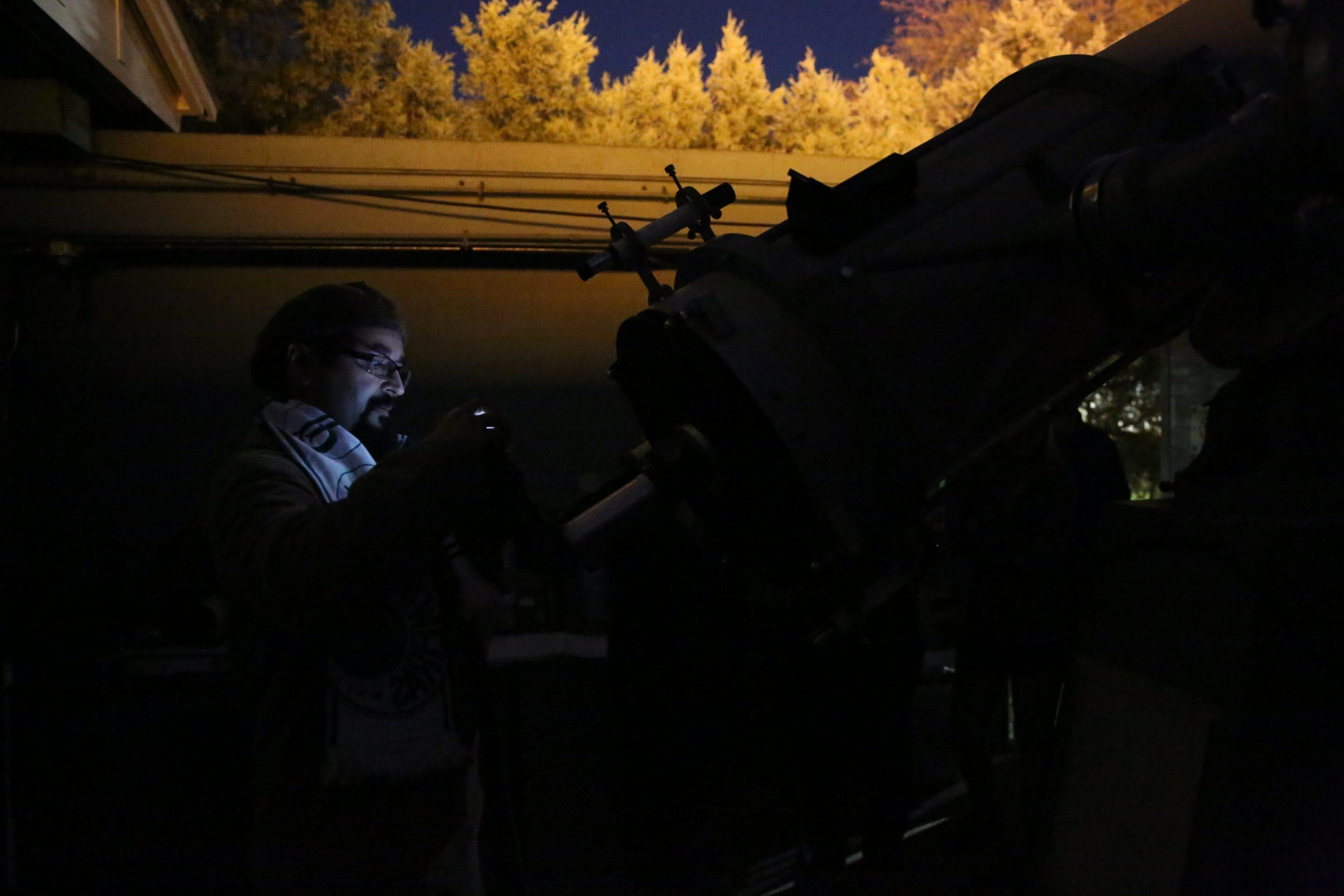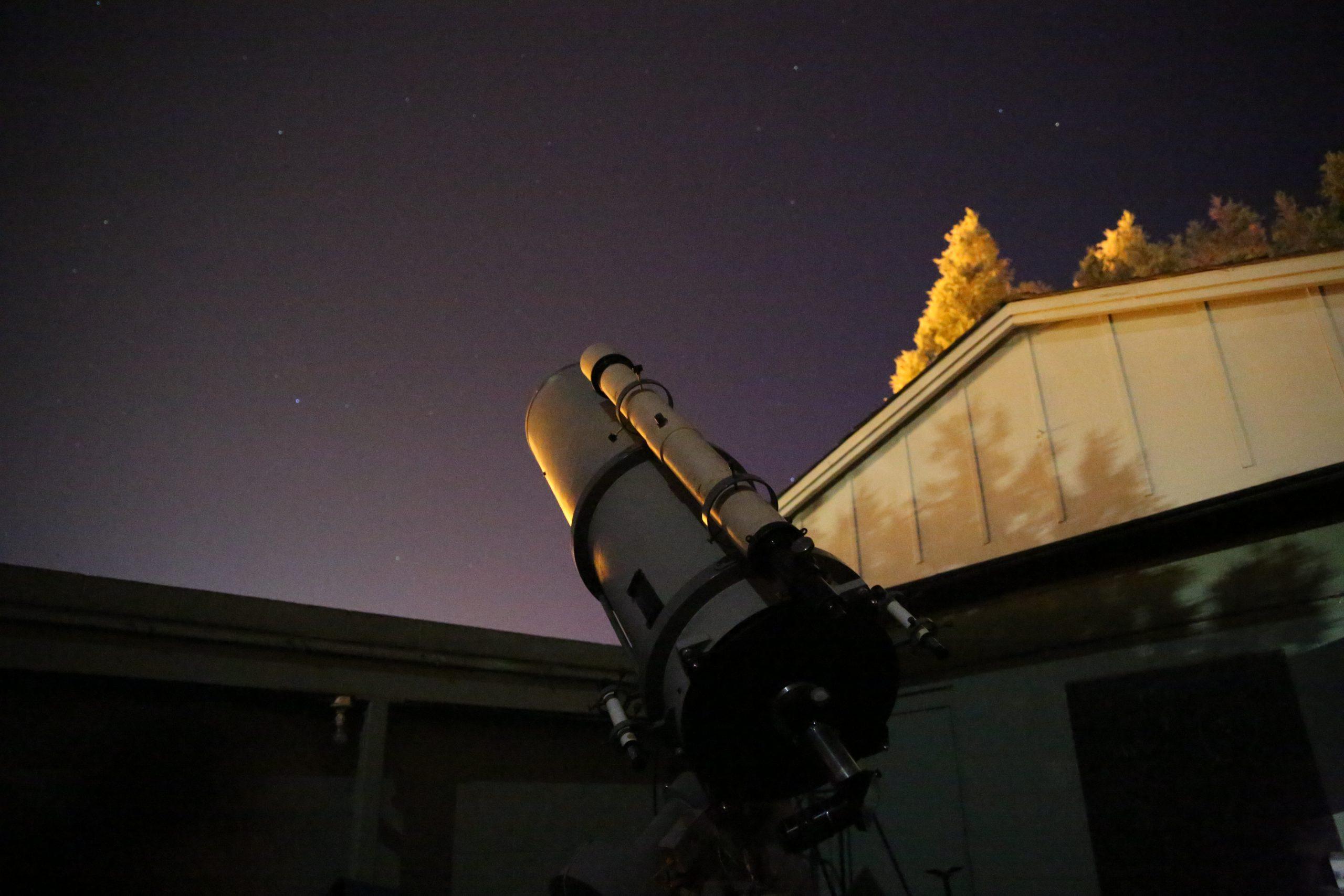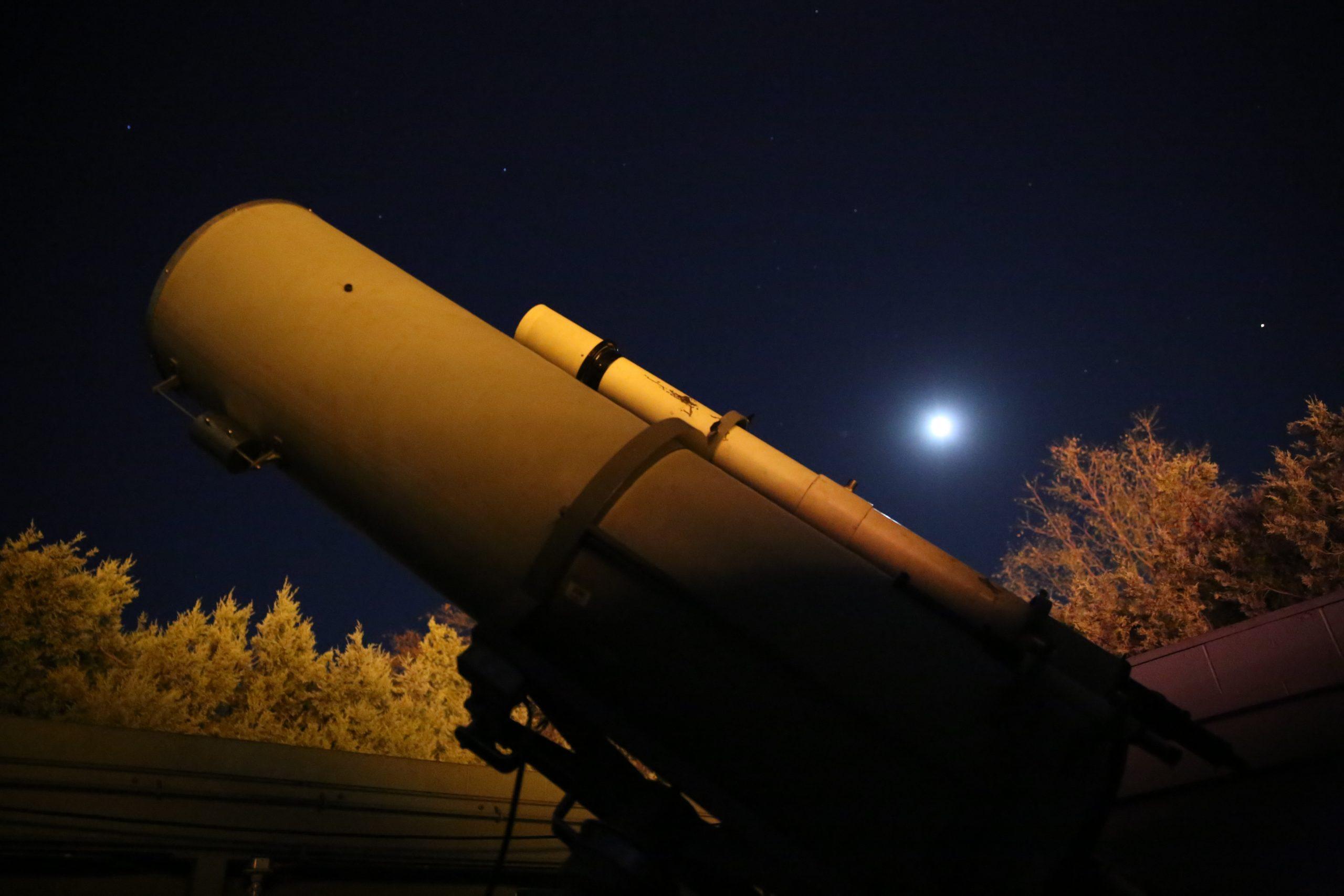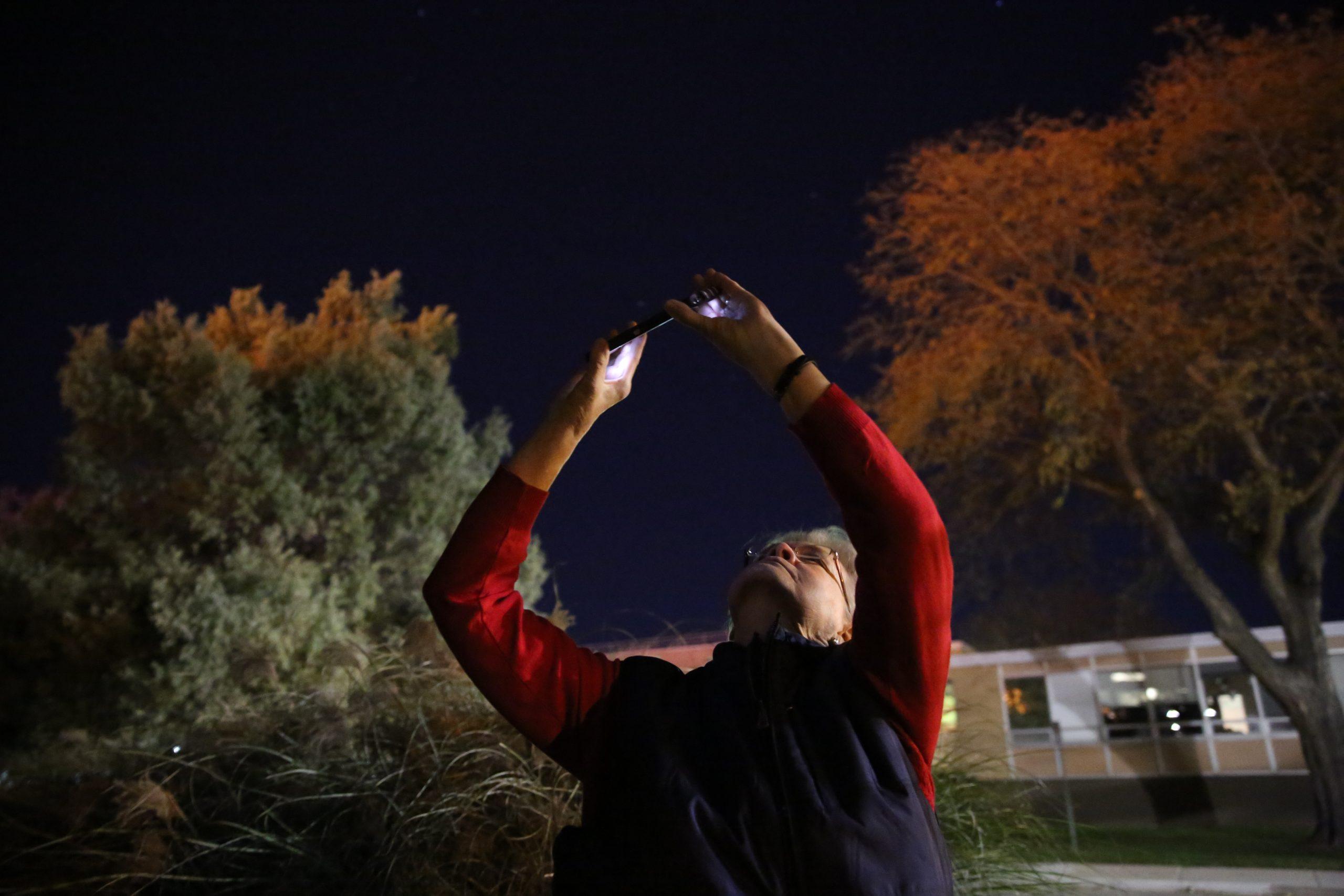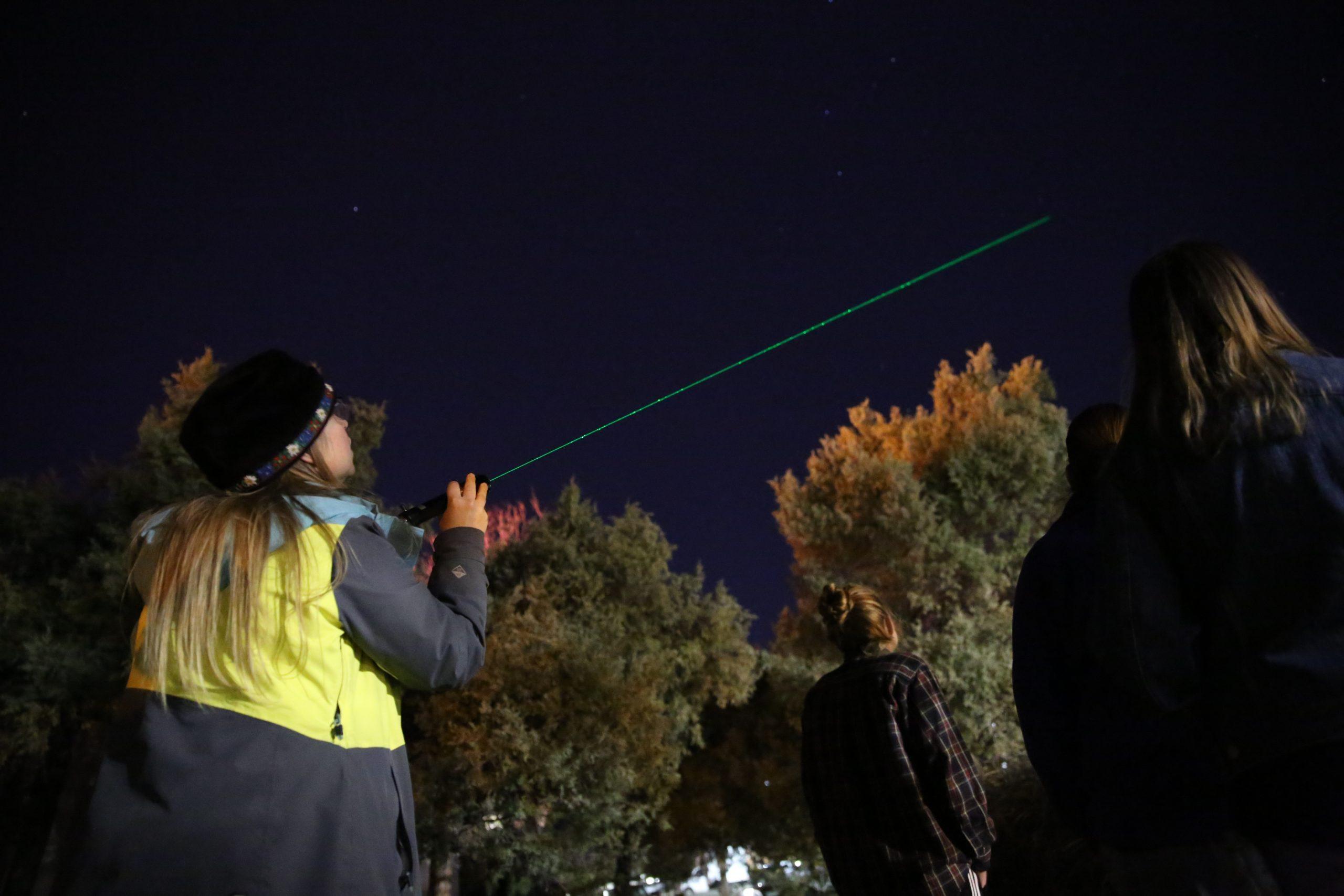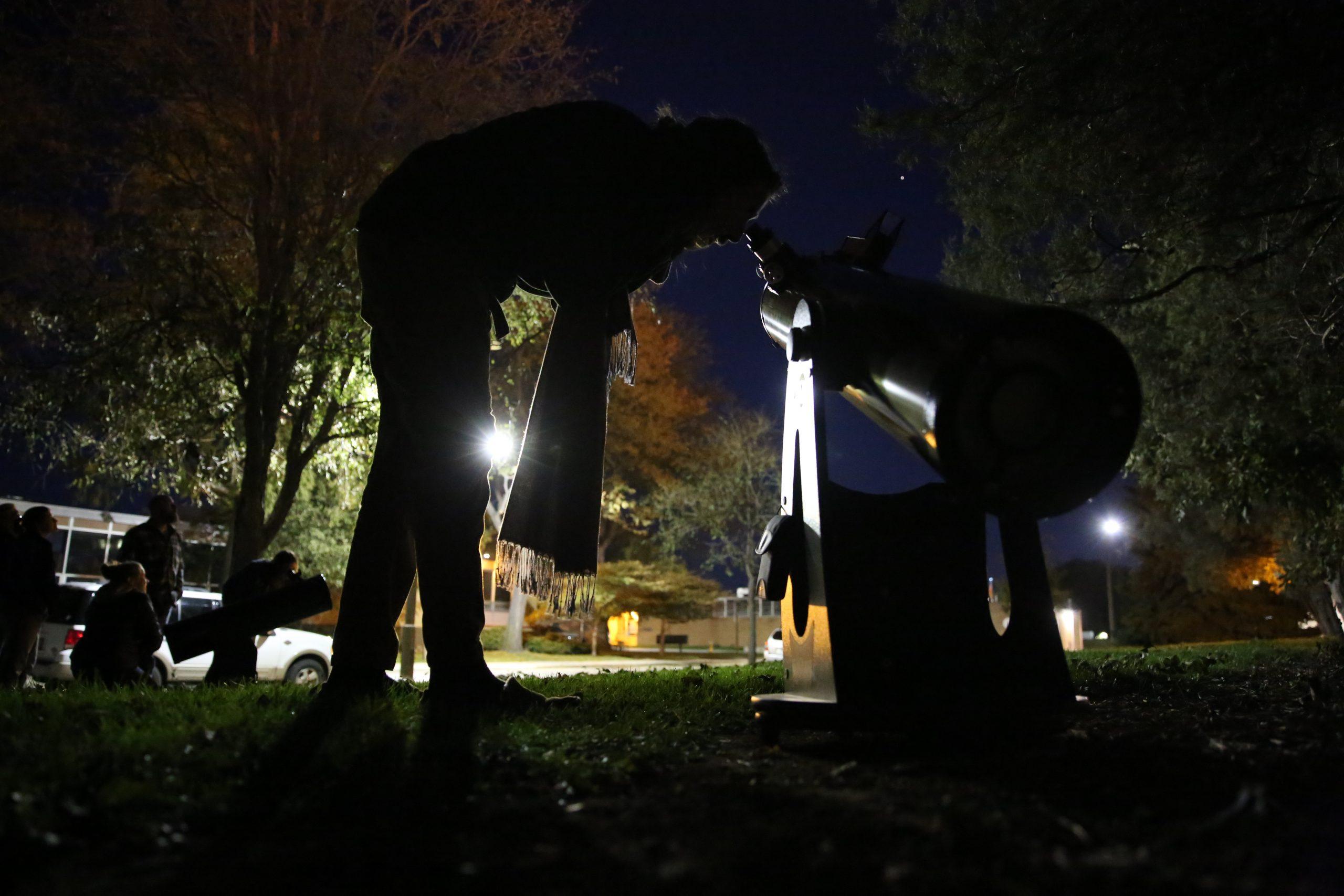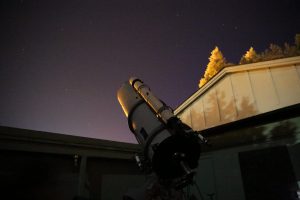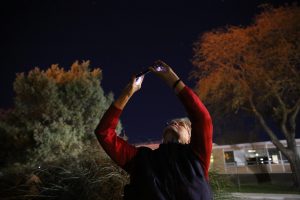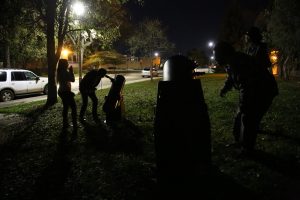For students and community members who want to see the stars, the Madison-MacDonald Observatory has served as an astronomical resource for more than 50 years.
Colorado State University’s observatory was built in 1965 at the intersection of Pitkin Street and East Drive. It is named after Leslie Madison, a chairman of the mathematics department, and Stuart Lincoln MacDonald, who taught astronomy out of the mathematics department.
“They taught astronomy for over 60 years here at CSU, ” astronomy professor Emily Hardegree-Ullman said. “It was sort of (Madison’s) vision to bring a nice permanent observatory to campus.”
According to an article written by retired astronomy professor Roger Culver, MacDonald began teaching astronomy at CSU at the beginning of the 20th century. In 1905 he purchased a four-inch telescope which “served as the primary astronomical instrument at CSU for over 60 years.”
In 1965, Madison pushed for the University to build a permanent observatory on campus with a 16-inch Cassegrain reflector, which was the third largest telescope in Colorado at the time behind a 24-inch reflector at the University of Colorado Boulder and a 20-inch reflector at the University of Denver Chamberlin Observatory.
Hardegree-Ullman said that compared to modern telescopes the 16-inch one in the Madison-MacDonald Observatory is an intermediate telescope.

According to Culver’s article, when the observatory was built it was in a dark area ideal for astronomical research.
“It’s not really useful for research anymore,” Hardegree-Ulman said. “If you’re interested in research, the ideal place is to put it in the middle of nowhere.”
Today the observatory is being used for the introductory astronomy class, public viewing nights and special viewing groups.
Hardegree-Ullman said she tries to accommodate any groups who want a special viewing night.
The opportunity to see the celestial bodies in person is life changing, awe-inspiring, mind-blowing. I’m 22 years old and I saw the rings of Saturn for the first time in my life. It’s incredible; it’s an amazing opportunity.” Andrew Ferkiss, public night visitor.
Debbie Holman, an eighth-grade science teacher at Wellington Middle School, invites her students to the observatory every October.
“My students get to be actively engaged in the learning process,” Holman said. “They’re not just told about the information, they get to come experience it and they get to connect to the world in a way that they couldn’t inside of a classroom.”
The observatory held its final public night for the season Friday, showing visitors the moon, Saturn, Mars, the Andromeda Galaxy and other notable bodies in the night sky.

“The opportunity to see the celestial bodies in person is life changing, awe-inspiring, mind-blowing,” said public night visitor Andrew Ferkiss. “I’m 22 years old and I saw the rings of Saturn for the first time in my life. It’s incredible. It’s an amazing opportunity.”
Hardegree-Ullman said she hopes to get the University to put hoods on all of the lights on campus so more stars can be seen from the Madison-MacDonald Observatory. The physics department is also restarting a 300-level Astrophysics course to increase the academic rigor for science, technology, engineering and math.
“Astronomy is like a gateway science,” Hardegree-Ullman said. “Even folks who aren’t necessarily in love with their science classes still love astronomy and still like to look up at the stars.”
Ravyn Cullor can be reached at news@collegian.com or on Twitter @RCullor99.



